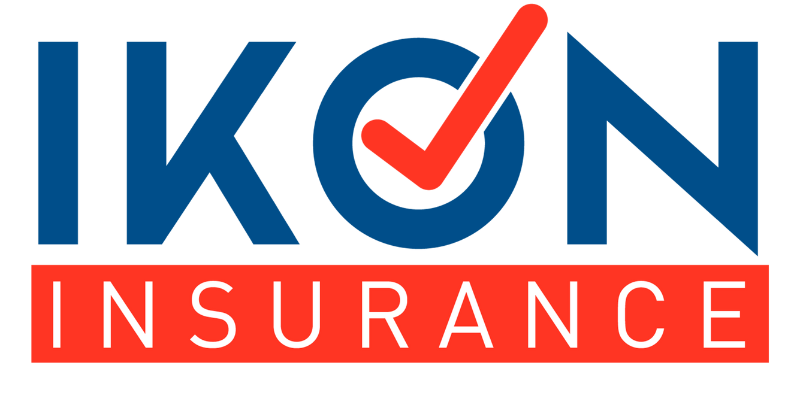If you own a vehicle in the United States, having car insurance is not only an option, it is a legal requirement in most states. Car insurance companies in the United States play a key role in protecting both the driver and third parties in case of accidents. In this blog, we will explore what car insurance is, the different types of coverage available, how to choose the right policy and some tips for getting the best rates.
What is Car Insurance?
Car insurance is a contract between the vehicle owner and the insurance company. In exchange for a monthly or annual premium, the insurer agrees to cover certain costs related to accidents, damage, theft, or injuries related to the vehicle.
Each state has its own laws regarding the minimum coverage a driver must have, and it is important to make sure to comply with those regulations. The main purpose of insurance is to protect the driver financially in case of any eventuality related to his or her car.
Types of auto insurance coverage
There are several types of car insurance coverage, and it is essential to know each one in order to make an informed decision:
Liability Insurance
This is the most basic type of insurance required by law in most states. It covers damages you may cause to others, both property and injuries, if you are at fault for the accident. However, it does not cover damage to your own vehicle.
2. Collision Coverage
Covers damage to your car in the event of an accident, regardless of who is at fault. It is especially useful if your car is new or has a considerable value.
3. Comprehensive Coverage
Protects your vehicle against damage that does not result from a collision, such as theft, fire, vandalism or natural disasters. It is a more complete option, although it is also more expensive.
4. Personal Injury Protection (PIP)
This coverage pays for medical expenses and, in some cases, loss of income if you or your passengers are injured in an accident. PIP is mandatory in some states.
5. Uninsured/Underinsured Motorist Coverage (Uninsured/Underinsured Motorist Coverage)
Covers damages if you are involved in an accident with a driver who does not have insurance or whose insurance does not cover all damages.
How to choose the right insurance company?
Choosing an auto insurance policy depends on several factors, including your budget, the value of your car and your personal situation. Here are some key points to consider:
- Compliance with the law: Make sure you meet the minimum coverage requirements established by the state where you reside.
- The value of your car: If you have a new or valuable car, you probably want more than the minimum required coverage.
- Driving record: A clean driving record will help you get better rates, but if you have previous accidents, you may need a more comprehensive policy.
- Compare rates: Don’t settle for the first option. Compare different insurance companies to find the best offer that fits your needs.
Tips to save on your auto insurance
While auto insurance is a major investment, you can also take steps to save money on your premiums. Here are some tips:
- Drive cautiously: A clean driving record can significantly reduce your premiums.
- Consider deductible increases: A higher deductible may reduce your monthly premium, but it means you will pay more out of pocket in the event of an accident.
- Take advantage of discounts: Many insurers offer discounts for factors such as having multiple policies, using safety systems in the car or even for being a driver with good credit history.
- Compare and reevaluate your policy annually: Prices can vary between companies, so don’t forget to review your options each year.

